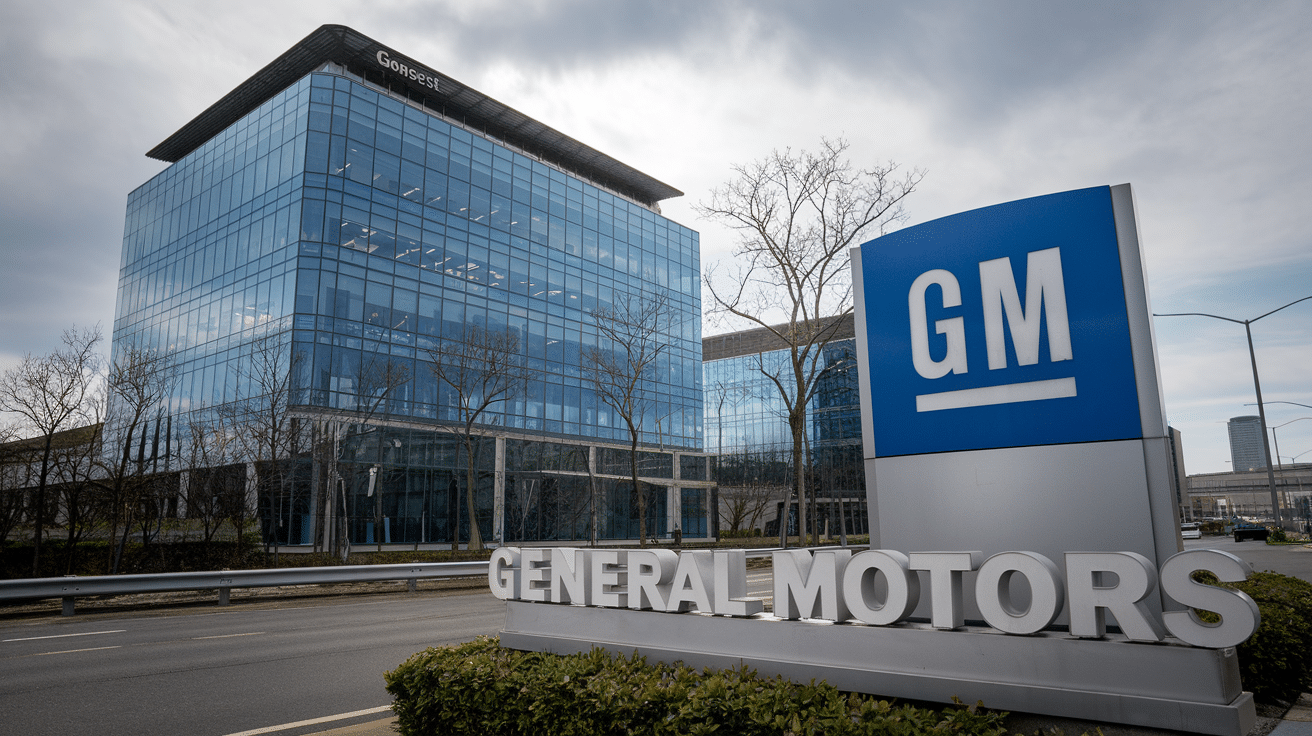
In a significant move that signals adjustments in the electric commercial vehicle market, General Motors has announced a temporary suspension of its BrightDrop electric delivery van production at its CAMI Assembly plant in Ingersoll, Ontario. The production pause, beginning April 14, reflects General Motors’s strategic response to current market conditions and will result in approximately 500 workers facing indefinite layoffs.
“This adjustment is directly related to responding to market demand and re-balancing inventory,” General Motors confirmed in an official statement, emphasizing that the decision stems from business fundamentals rather than regulatory pressures. “Production of BrightDrop and EV battery assembly will remain at CAMI.”
Contents
Production Plans and Timeline
The shutdown will extend from mid-April through October 2025, during which time General Motors plans to retool the facility for the upcoming 2026 model year BrightDrop vans. When operations resume, the plant will transition from two shifts to a single shift, significantly reducing its manufacturing capacity.
| Timeline | Event | Impact |
|---|---|---|
| April 14, 2025 | Production pause begins | 500 workers affected |
| April 21-28, 2025 | Battery pack assembly shutdown | Additional temporary impacts |
| May 2025 | Limited production period | Brief return before extended shutdown |
| October 2025 | Production resumes on single shift | Indefinite layoffs continue |

Sales Performance: The Numbers Behind the Decision
The production pause comes amid underwhelming sales figures for General Motors’s commercial electric vehicles:
- Q1 2025: 274 BrightDrop vans sold
- Q1 2024: 256 BrightDrop vans sold
- Year-over-year growth: Approximately 7%
- 2023-2024 combined sales: Approximately 2,000 units
While showing modest growth, these numbers fall significantly short of General Motors’s initial expectations for its commercial EV business, which was projected to generate $1 billion in revenue by 2023. Recent reports have noted hundreds of BrightDrop vehicles sitting in storage lots in Flint, Michigan, further indicating inventory challenges.
Labor and Economic Impact
The production pause has significant implications for the Canadian automotive workforce and the broader economic landscape:
“[The production pause is] a crushing blow to hundreds of working families in Ingersoll and the surrounding region who depend on this plant,” stated Lana Payne, Unifor National President, in response to the announcement. “General Motors must do everything in its power to mitigate job loss during this downturn, and all levels of government must step up to support Canadian auto workers and Canadian-made products.”
The CAMI plant, which began BrightDrop production in early 2023, employs approximately 1,200 workers, meaning the layoffs will affect nearly 42% of the facility’s workforce.
The BrightDrop Journey: From Subsidiary to Integration
BrightDrop’s organizational evolution within GM reflects the company’s changing approach to the commercial EV market:
- 2021: Launched as a fully owned subsidiary
- 2023: Integrated into General Motors’s fleet business
- 2024: Folded into the Chevrolet brand
This progressive integration suggests GM has been adjusting its commercial EV strategy in response to market realities.
Attractive Incentives Despite Production Challenges
Ironically, the production pause comes at a time when BrightDrop vans are receiving substantial incentives that make them financially compelling:
- Base price (BrightDrop 400 eAWD): $84,235
- Available discounts: $30,000+
- Post-discount price: $52,985
- Additional utility incentives: Up to $30,000 (e.g., ComEd commercial EV rebates)
- Financing options: 0% interest for 72 months in some regions
These incentives potentially make BrightDrop vans more economical than their diesel counterparts in certain markets, highlighting the complexity of factors influencing production decisions beyond raw sales numbers.
Also Read: Can Longbow’s Featherweight EV Overtake Tesla’s Roadster?
FAQs About GM’s BrightDrop Production Pause
The Broader Context: EV Market Challenges
The BrightDrop production pause highlights the complex reality of the electric vehicle transition, particularly in the commercial segment. While the long-term trajectory towards electrification remains clear, short-term market conditions present significant challenges:
- Higher upfront costs compared to internal combustion alternatives
- Concerns about charging infrastructure for fleet operations
- Market uncertainty caused by political and trade tensions
- Evolving customer adoption patterns
These factors create a challenging environment for manufacturers like General Motors as they navigate the transition to an electric future while maintaining business viability in the present.
For commercial operators considering electric vehicles, the current situation presents both challenges and opportunities. While production adjustments may raise questions about long-term support, the substantial incentives currently available make this potentially an optimal time to invest in electric fleet vehicles—particularly for operations based in regions with strong utility and governmental support programs.
As the industry continues to evolve, adaptability will remain key for both manufacturers and fleet operators navigating the complex landscape of commercial vehicle electrification.
